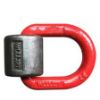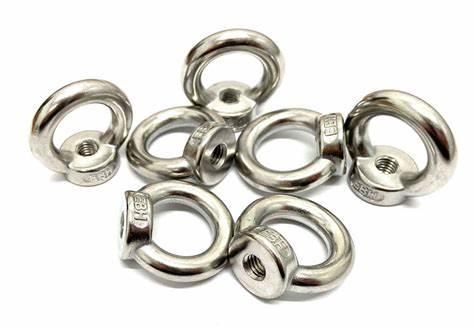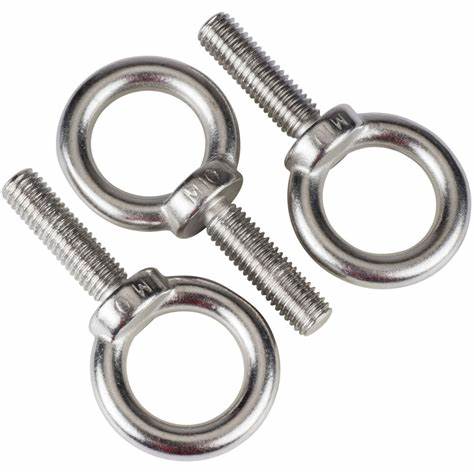A heavy-duty turnbuckle is a type of turnbuckle designed for use in high-load applications that require extra strength and durability. Heavy-duty turnbuckles are typically larger and made from thicker materials than standard turnbuckles, and they may also feature special coatings or treatments to resist corrosion and wear.
Heavy-duty turnbuckles are commonly used in applications such as construction, shipbuilding, and heavy industry, where they are used to tension and adjust large wire ropes, cables, and other tensioning systems. They may also be used in specialized applications such as bridge construction, where they are used to support and adjust large structural elements.
To ensure safe and efficient use of heavy-duty turnbuckles, it is important to select the right size and material for the tensioning system and environmental conditions. It is also essential to properly inspect the turnbuckles before each use for any signs of wear or damage, such as cracks or deformations, that could compromise their strength and integrity. Additionally, users must follow proper rigging techniques and safety protocols to prevent accidents and ensure the safety of themselves and others.







_100.jpeg)





